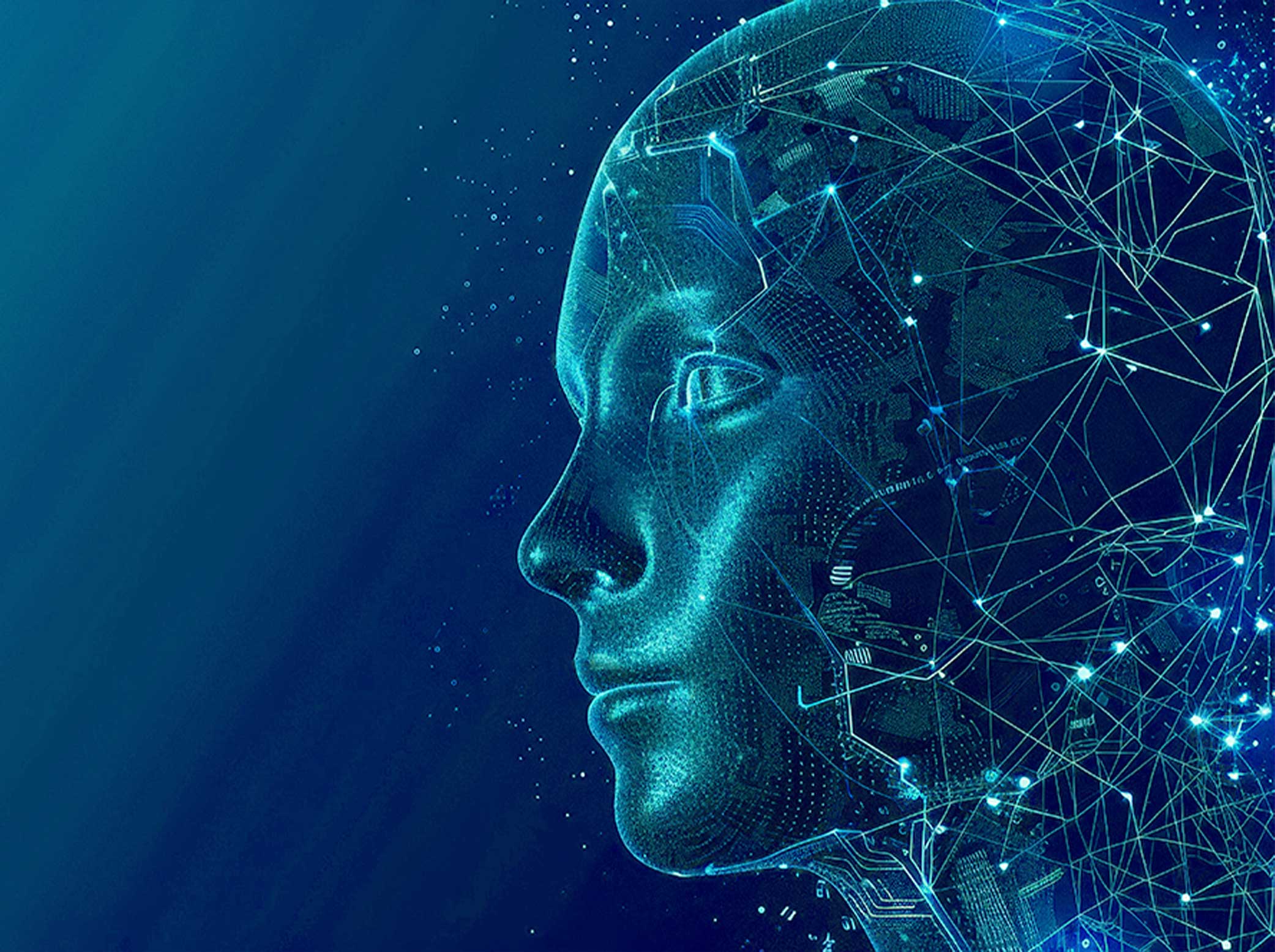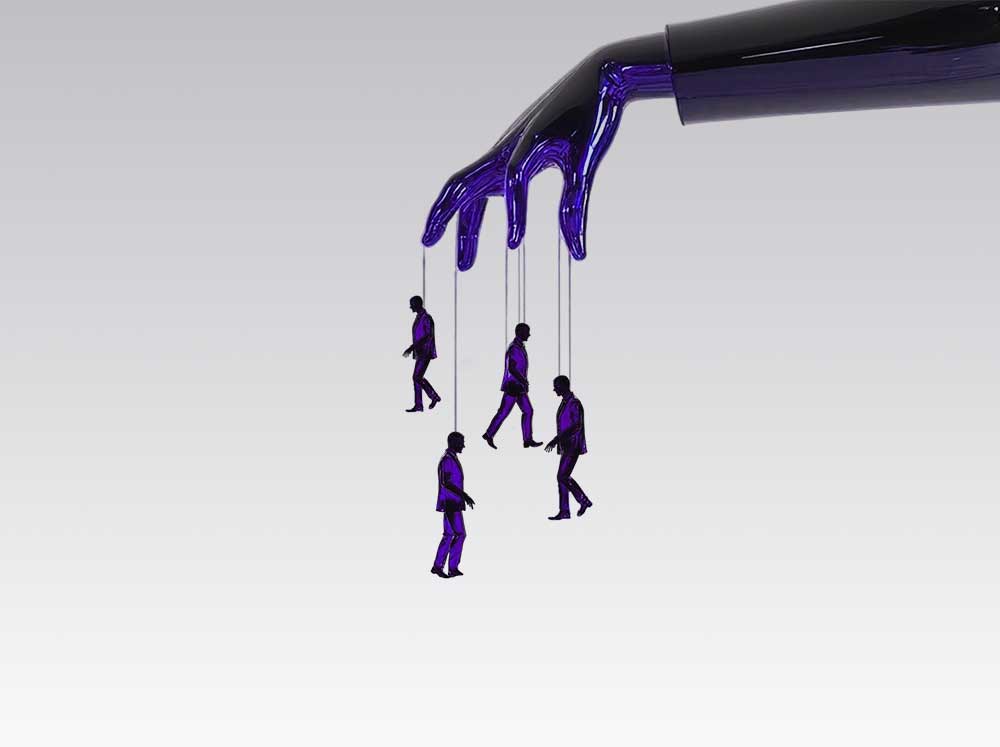Food safety isn't just the responsibility of state agencies and manufacturers. Citizen involvement plays a crucial role in this process. Each of us has the opportunity to make an informed choice: read...
Every conversation matters. When a brand takes the time to tune its voice to the listener – using empathy, honesty, and even a bit of warmth or humor – it pays dividends in loyalty and goodwill. Learn...
“IQ will get you hired, EQ will move you forward, and AQ will keep you in the game” - What role does each type of intelligence play in our personal and organizational success? What are the differences...
Shifts in global aid architecture and rising demands have widened the gap between promise and delivery. Сhild Rights Programming offers a way to close it by making systems respond from the start....
Modern life unfolds against a backdrop of continuous, multifaceted, and profound crises, the rapid pace of change often leads to confusion, anxiety, burnout, and a disruption of general equilibrium, e...
Control-freak cultures in organisations are marked by excessive control, micromanagement, and inflexibility, creating toxic work environments that strain interpersonal relationships and hinder product...

 31 july, 2025
31 july, 2025

 16 july, 2025
16 july, 2025

 26 june, 2025
26 june, 2025

 17 june, 2025
17 june, 2025

 3 june, 2025
3 june, 2025

 2 june, 2025
2 june, 2025